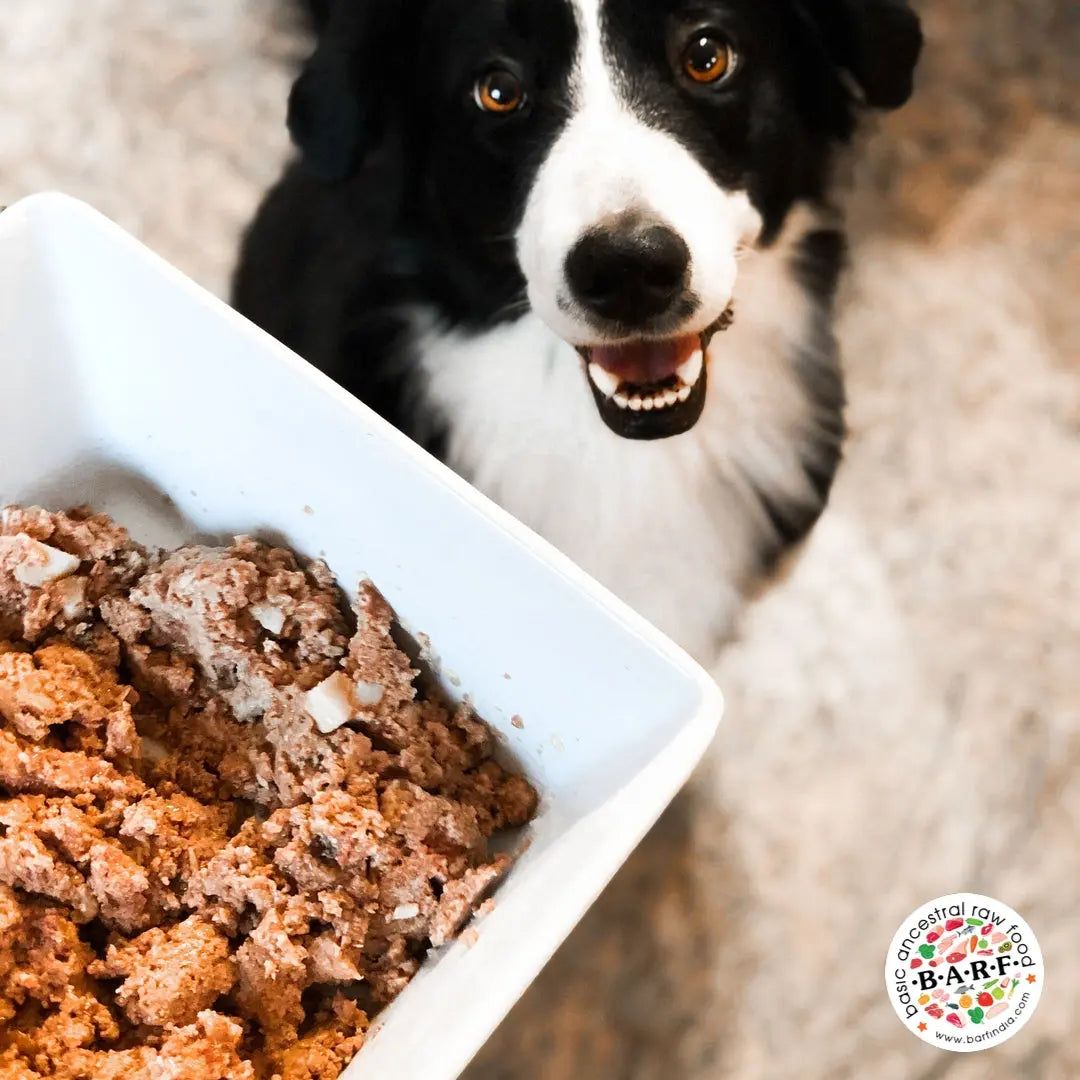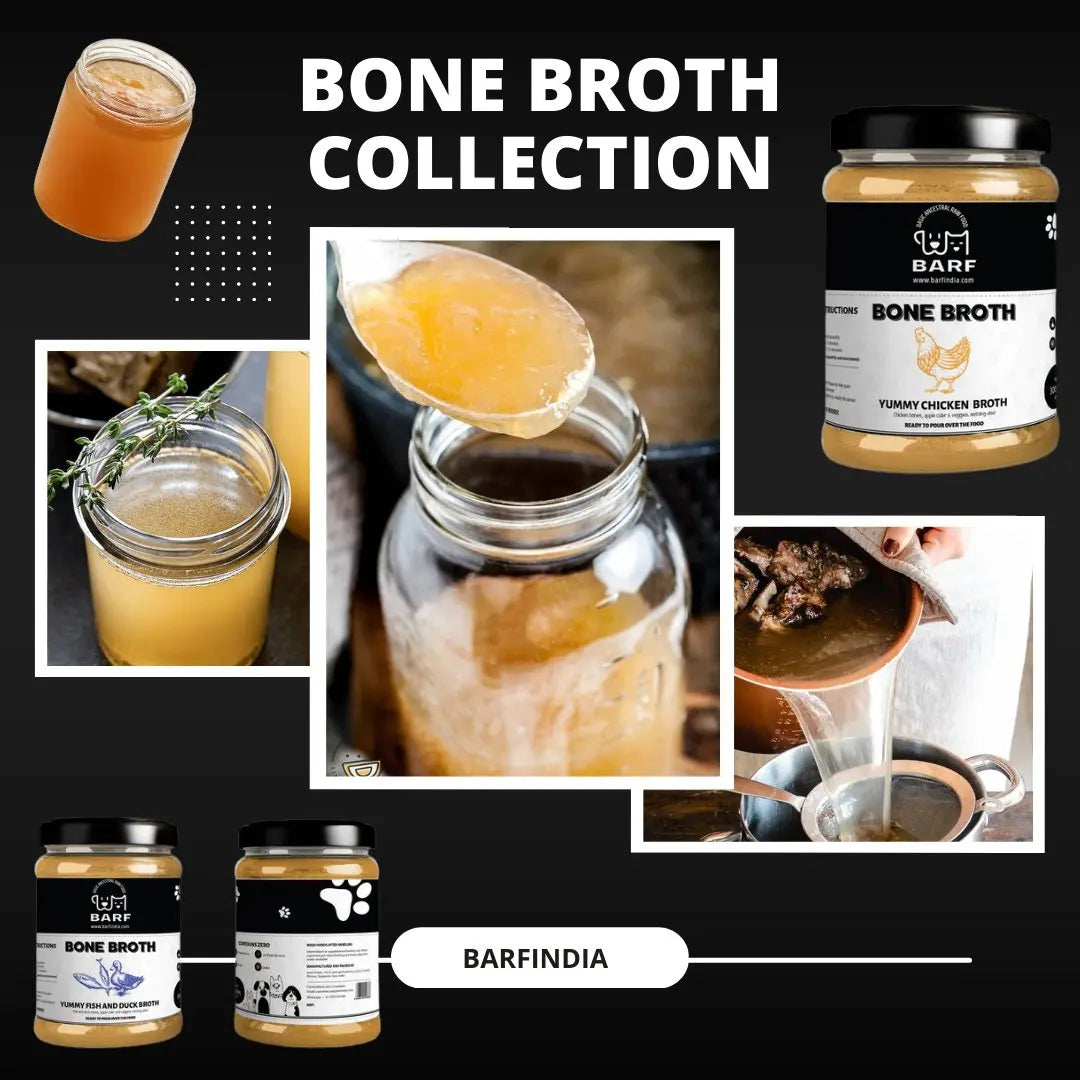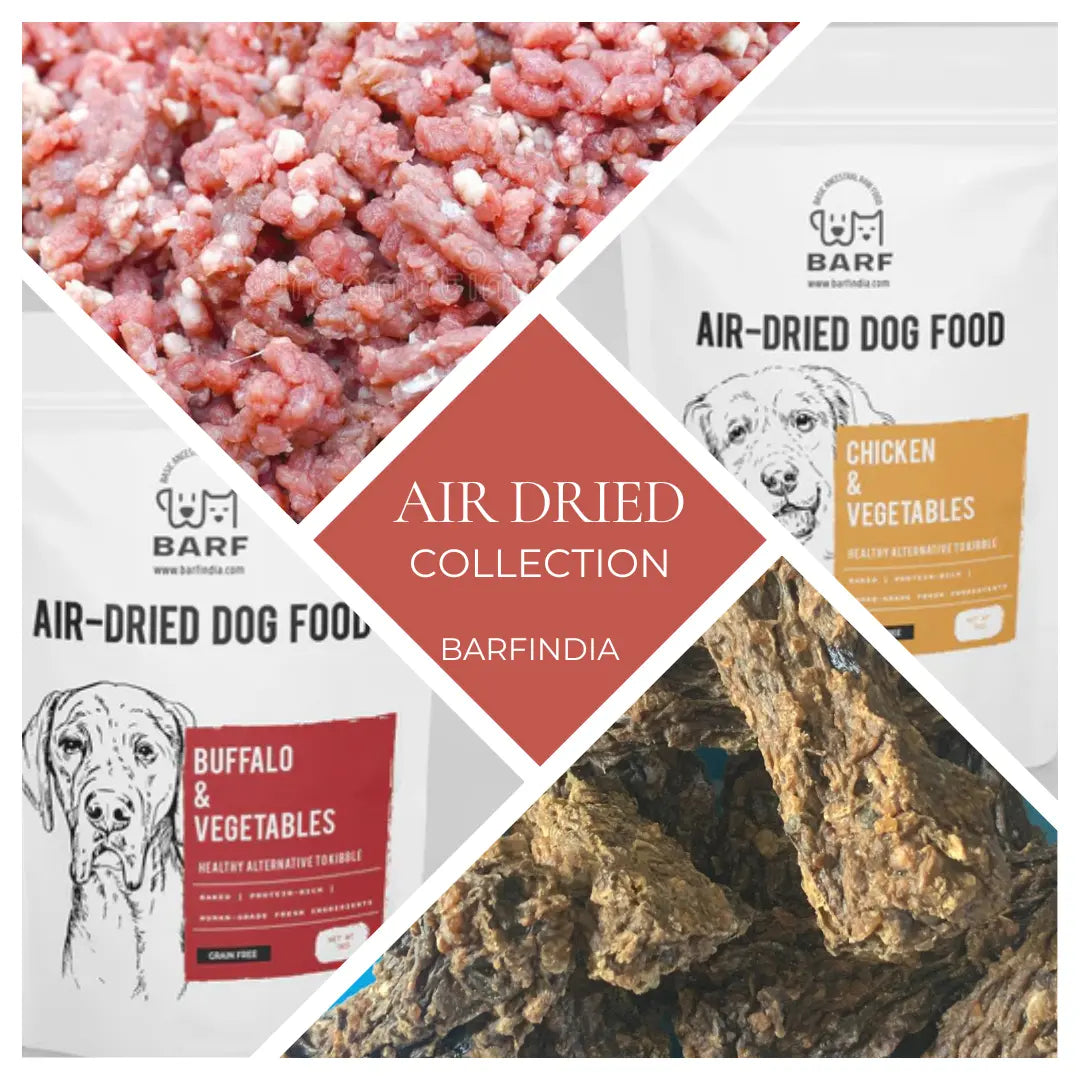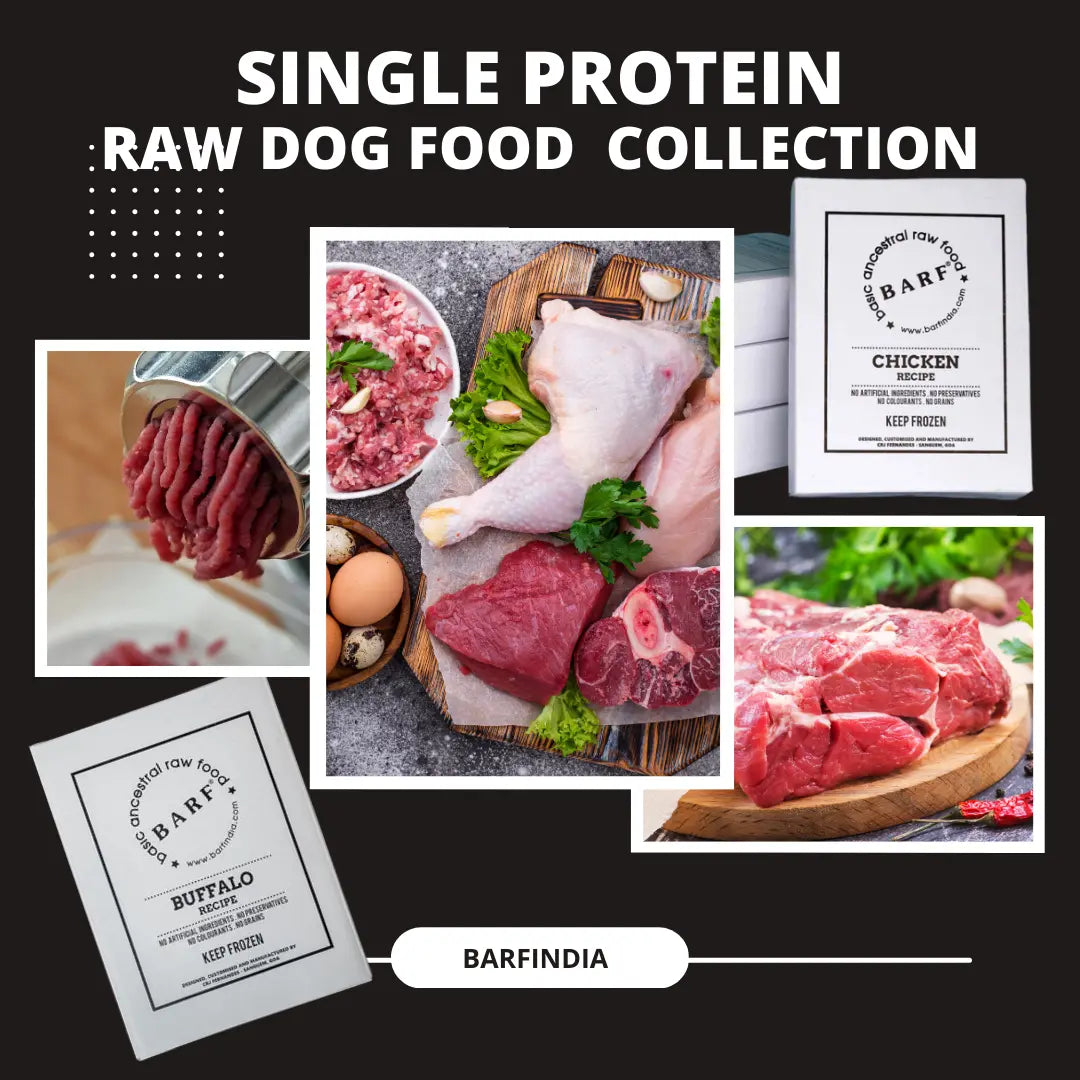
Check the options to feed the best meat for dogs.
B.A.R.F. India AdministratorWhich is the best meat for my dogs?
Unlike cats which are obligate carnivores, a dog is an omnivore and does not need only meat to survive. But having said that, our canine companions do thrive best on a high-meat diet. But how do you select the best meat to feed your dog?
The never-ending protein debate: meat vs vegetables
Dogs are essentially wolves and their digestive systems are like their wilder cousins. These animals have had countless centuries to evolve on a high-meat diet and their needs haven’t changed since becoming pets. Dogs need a high-protein diet and the primary reason is the amino acids present in the protein. These building blocks of life help the dog generate energy, build and repair cells and muscles, and secrete hormones and enzymes. Meat turns out to have a higher level of these essential amino acids and is considered to be a better protein source than plants. Additionally, a dog’s digestive system requires an acidic environment to help kill disease-causing pathogens, to digest food (especially tougher bits like bone), and also to prevent the development of diseases such as bladder stones and urinary tract infections. Red meat in particular can help create a more acidic stomach while plants generally have an alkalising effect. This is not to say that dogs should only eat meat for protein – they can benefit from plants, seeds and grains, and also eggs that provide protein along with other benefits. 
Selecting the best meat for dogs:
It is important that you rotate the protein component in your dog’s meal so that their digestive system doesn’t get used to it and also because each different meat satisfies a different need in your dog’s diet. Here’s what you need to keep in mind while picking the best meats for your dog:
Taste
One question to ask yourself is ‘does my dog love it?’ If your dog has expressed a disinterest in a certain meat it might be a good idea to not feed that to him. Dogs are known to prefer stronger smells as they do a lot of their tasting with their nose.
Cost
Not all meats cost the same and your decision could be based on the affordability of the meat. Poultry based meats, like chicken or turkey are often more easily available and definitely cost-effective.
Quality
The healthiest meats are the ones that are of top-notch quality. Look for human grade or free-range meats, and also avoid any product that has added hormones or chemicals.
Environment and ethics
Some pet parents want the best for their dog while also not affecting the environment. While choosing the meat, you could consider the ethical and environmental impact of the meat that you choose to feed. Feeding fish could make you wonder about overfishing, and while feeding beef you might wish to think of its large carbon footprint.
What are the options while choosing the best meat for your dogs ?
It is important to consider the health benefits of each meat protein before deciding on your dog’s diet plan. The list below weighs the pros and cons of the more popular meats considered in dog meals.
Beef
Beef is an affordable meat and is quite healthy for dogs since it contains protein, zinc, iron, selenium and also vitamins B12, B3 and B6. While high in fat, red meat is not harmful for dogs as it is for humans.
Chicken and poultry
This is one of the most commonly found meats in pet food. When
, this is the most easily available and is also most affordable. Your dog can benefit from protein, selenium, phosphorous and B3 and B6 vitamins. If your dog has a history of allergies or food intolerances, you might wish to feed this in moderation or avoid it entirely.
Fish including salmon
The most commonly used
in dog foods are salmon,
and trout. Each of these contains protein, is low in fat, and is enriched with omega oils, vitamins and minerals. It’s also a great alternative for dogs that suffer from allergies. Make sure you avoid larger fish like broadbill, shark, marlin and swordfish that are known to have high levels of mercury. Ensure you feed fresh fish or one that is processed professionally. Feed freshwater fish carefully, as raw, freshwater fish contains thiaminases which can cause vitamin B1 deficiency in pets.
Lamb and venison
and venison are often fed in better environments and their meat is considered quite healthy for dogs. Moreover, it is rich in Omega 3 and Omega 6 acids, B12 and B3 vitamins, and also selenium and zinc. Do note that
is a fattier meat and is less suitable for overweight or senior dogs.
Pork
One of the rarely used ingredients,
is actually quite high in protein, iron, zinc, selenium, phosphorous and, B vitamins. However, just like lamb, it is a fatty meat and is not recommended for older or
Kangaroo
Australian dogs have already reaped the amazing benefits of kangaroo meat. It has the lowest fat levels and is also rich in iron, zinc, B vitamins and Omega 3s. This meat is high in protein and since it is always free range, it is an excellent meat for dogs with food allergies or intolerance.
Organ meat – what’s the consensus?
We might get turned off by offal, such as kidney, liver, and spleen, but our furry friends love them. Organs are natural and an excellent source of energy and nutrients. Did you know that liver is one of the most nutritionally dense foods on the planet? Should you choose to feed offal, make sure it is not more than 10% of the meal. Also source it from human-grade facilities that will take care of any potential parasites.
What’s the best way to feed meat?
To make sure your dog is getting the most nutrition from the meat you feed, try and offer it as close to its natural state as possible. Cooking or heavy processing destroys some or most of the nutrition, especially fragile nutrients like amino acids and omega essential fatty acids. Remember, while dogs thrive on high meat diets you must look for leaner meats that have greater nutrients, such as kangaroo and salmon. Include a small proportion of organ meat and you have a great mix. Don’t forget to include some plants for a balanced meal.



